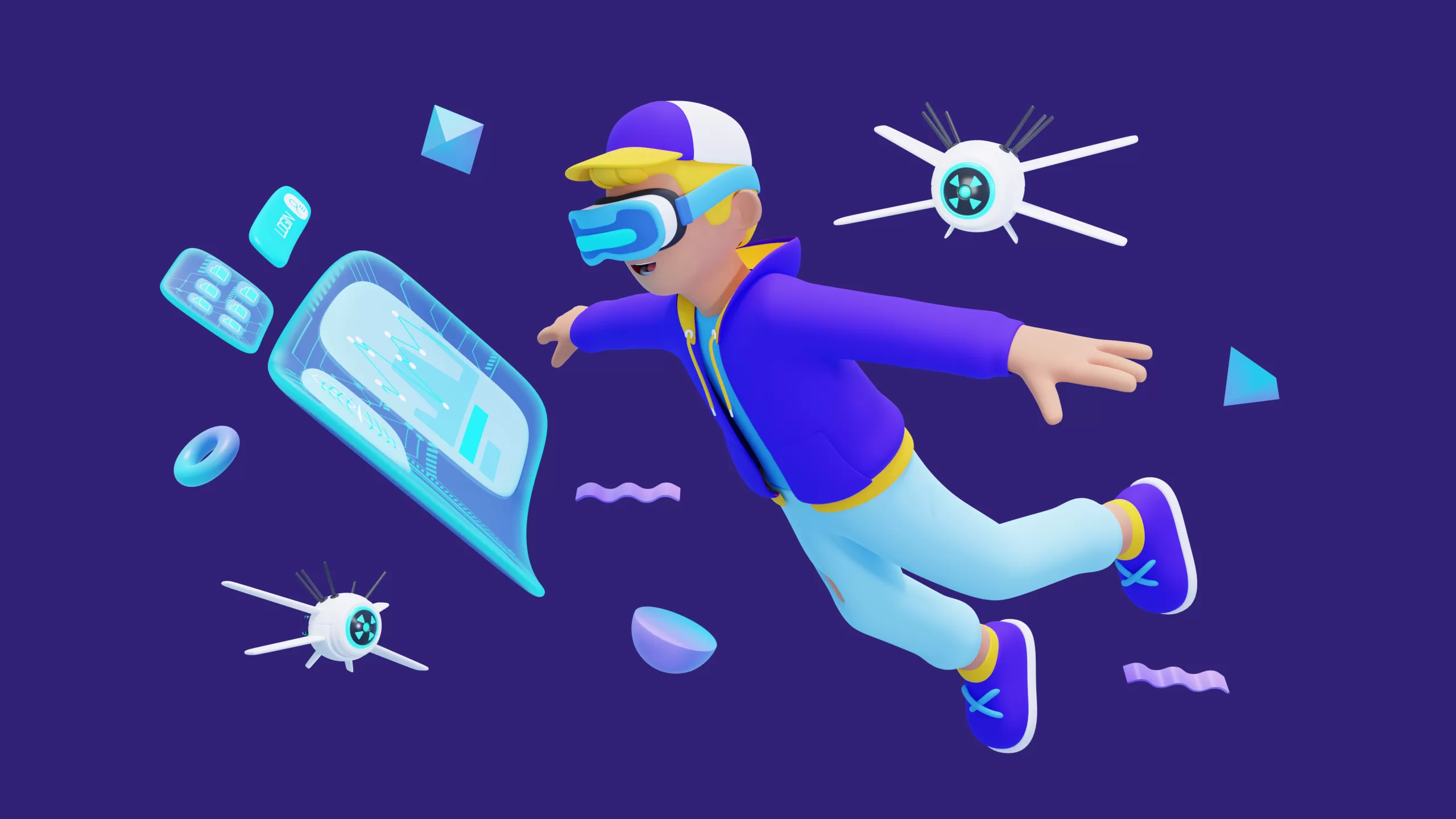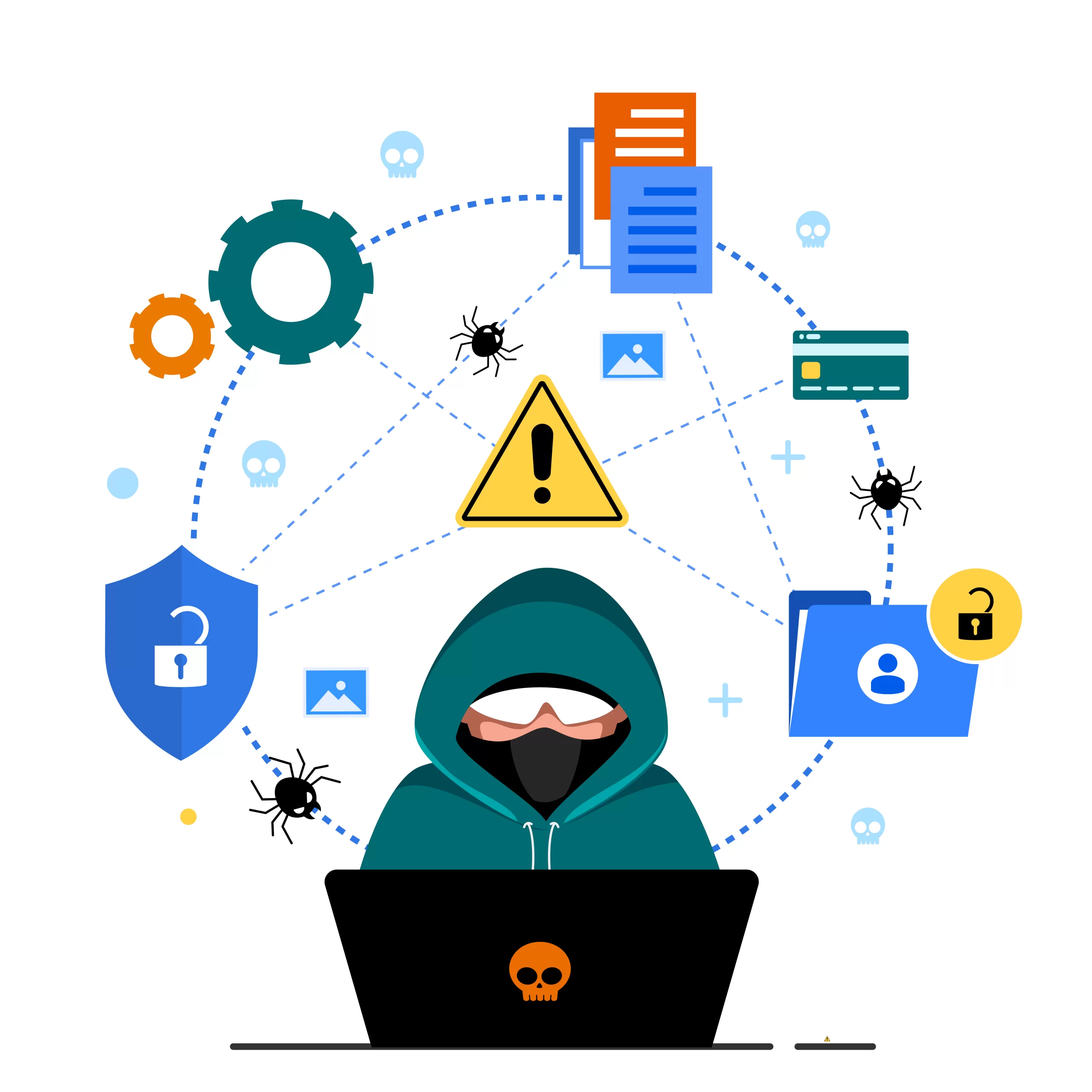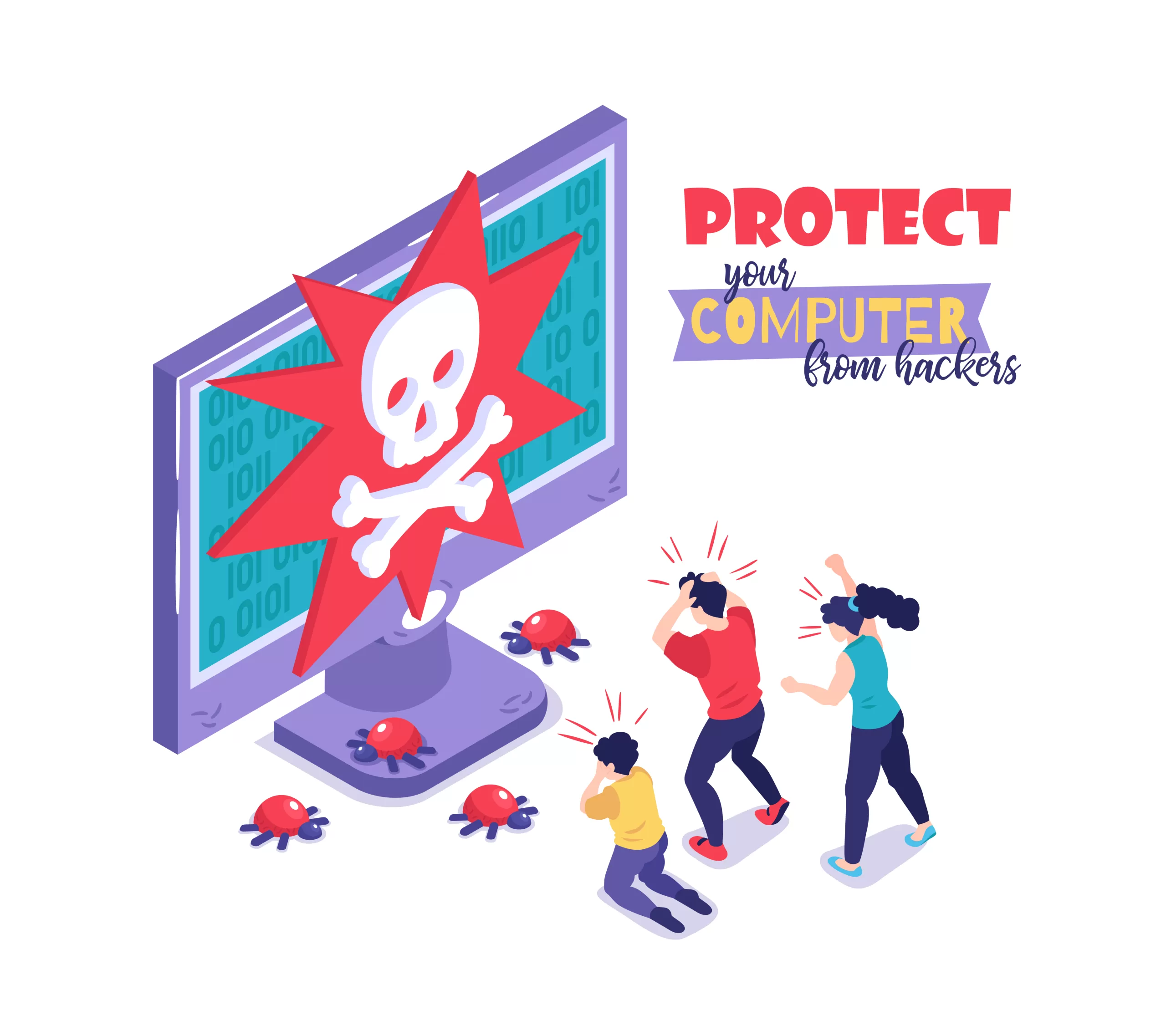
As we navigate the ever-changing seas of the internet, a new wave is emerging, and it goes by the name of Web 3.0. But what is this mysterious “Web 3.0,” and how will it transform the digital landscape for all of us? Let’s unravel the secrets of Web 3.0, exploring its potential impact on companies, IT professionals, and, most importantly, everyday internet users like you.
Web 3.0: The Next Chapter in the Internet Story
To understand Web 3.0, let’s take a stroll through the evolution of the internet:
- Web 1.0: This was the era of static websites, like digital billboards where information was displayed, but you couldn’t interact much. Web 1.0 refers to the first generation of the World Wide Web that emerged in the early 1990s. It was a static and predominantly read-only version of the internet, characterized by simple websites with limited interactivity. During this phase, the internet primarily served as a platform for information consumption, where users could view content but had limited means to actively engage or contribute.
- Web 2.0: The rise of social media and interactive platforms turned the internet into a lively space where we could share, comment, and create content. Web 2.0 refers to the second generation of the World Wide Web, marked by a shift from the early static and read-only web (Web 1.0) to a more dynamic, interactive, and user-centric platform. The term “Web 2.0” gained popularity in the early 2000s to describe a new phase of the internet that emphasized user participation, collaboration, and the creation of online communities.
Now, enter Web 3.0, where the internet is gearing up to be smarter, more personalized, secured and interconnected.
The Future of Web 3.0:
Building Trust with Decentralization: Web 3.0 aims to break free from the old way of storing information on big, central servers. Imagine your data being spread out like a secret recipe shared among friends rather than being kept in a single vault. This decentralized approach can make your online experience more secure and resilient.
Smart Contracts: In the world of Web 3.0, we’re talking about smart contracts. Picture this: you want to sell your old bike online. Instead of trusting a middleman, a smart contract ensures that once the buyer pays, the ownership of the bike automatically transfers to them. It’s like magic, but with computer code!
Smarter Internet, Personalized for You: Ever feel like the internet knows you too well? Web 3.0 wants to make your online experience feel like a custom-made suit. Advanced algorithms will learn what you like, tailoring the content you see, and making your online journey more enjoyable.
Enhanced Security: The use of blockchain and decentralized technologies in Web 3.0 is expected to improve security by reducing vulnerabilities associated with centralized systems.
User Control over Data: In Web 3.0, users are anticipated to have greater control over their data. With decentralized identity systems, individuals can manage and share their personal information more securely.
AI Integration: Artificial Intelligence (AI) is expected to play a significant role in Web 3.0, assisting in tasks like data analysis, natural language processing, and personalization of user experiences.
No More Data Silos: Web 3.0 dreams of a world where data flows freely between apps. Think of it like a superhighway for information, connecting different platforms and giving you a more complete picture.
For Companies and IT Professionals: Pioneering the Digital Revolution
Innovation Playground: For companies, Web 3.0 is like a playground filled with new toys. They can use technologies like blockchain, AI, and decentralization to create groundbreaking solutions. Imagine startups shaking up traditional industries with fresh ideas.
Data Security and Privacy: Ever worry about your data getting into the wrong hands? Web 3.0 addresses these concerns. Companies can build trust by adopting technologies that let you have more control over your personal information.
Smart Contracts at Work: Businesses can use smart contracts to make deals smoother and faster. From managing supply chains to handling legal stuff, smart contracts are like a superhero for making things run efficiently.
Skills for the Future: For IT professionals, Web 3.0 brings a shift in skills. Being a tech wizard isn’t enough; now, there’s a demand for skills in blockchain, AI, and decentralized technologies. It’s like upgrading your toolkit for the next big project.
For Common Folks: The Everyday Magic of Web 3.0
A Safer Online Space: Web 3.0 promises a safer internet experience for you. With decentralized systems, the risk of cyber attacks decreases, making your digital world more secure.
Tailored Just for You: Imagine an internet that knows you better than your best friend. Web 3.0 aims to make this a reality, ensuring your online experience is uniquely yours. No more sifting through irrelevant information!
Your Data, Your Rules: Tired of companies using your data without asking? Web 3.0 puts you in control. You decide who gets access to your information and for what purpose.
Connecting Everyone: Web 3.0 might be the key to bridging the digital gap. It could bring the internet to everyone, opening up opportunities for education, work, and connection in places that need it most.
In a nutshell, Web 3.0 is not just the next chapter of the internet; it is a game-changer. It is like upgrading from a flip phone to a smartphone – a leap into a smarter, safer, and more personalized online world. As we stand on the brink of this digital revolution, the possibilities are endless, and the future is looking brighter than ever. So buckle up, because the era of Web 3.0 is about to take us on an incredible ride!







